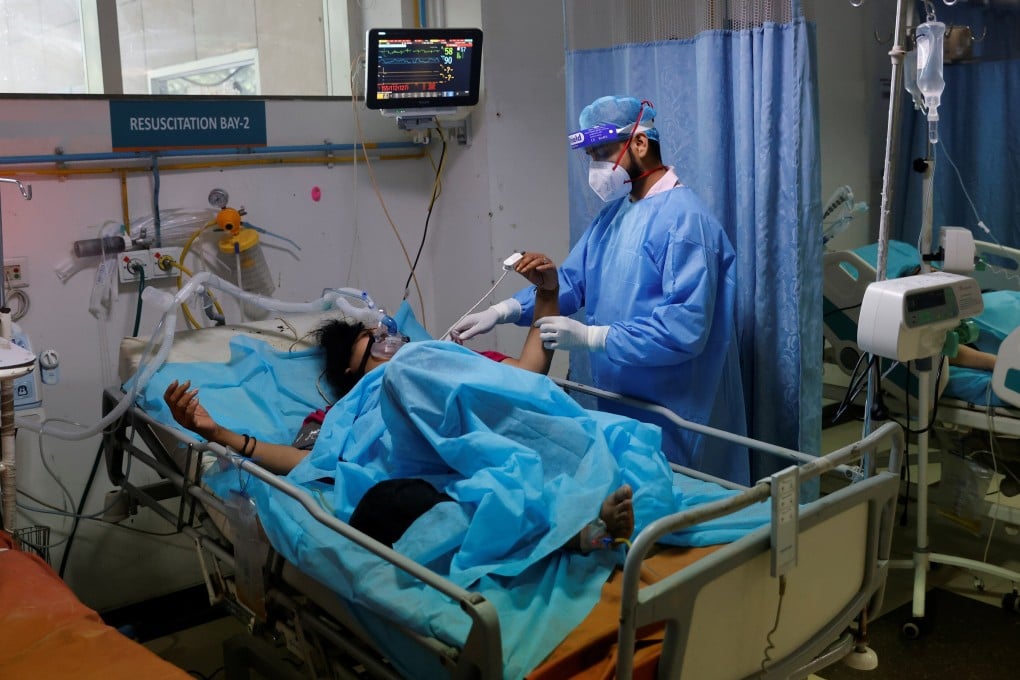India’s coronavirus patients face desperate journeys to find oxygen supplies and hospital beds
- New Delhi’s health care system has been overwhelmed during India’s second wave, leading to a ‘reverse migration’ as patients flee the capital seeking treatment
- The increased strain on these smaller towns is beginning to show, with oxygen supplies already depleted, and patients may soon be turned away

When Neelam Mehta took her 82-year-old mother to the doctor in New Delhi last week, her coronavirus symptoms were mild but her oxygen saturation had dropped below healthy levels.
The doctor advised Neelam, 52, to find an oxygen cylinder and admit her mother to hospital immediately. That would mean travelling, though, as there were no available beds in the Indian capital.
“You will waste valuable time trying to find a bed here,” the doctor said. “A better option is to put her in the car and try your luck in Jaipur where the situation might not be so bad.”
Jaipur is 300km and six hours’ drive from New Delhi. Neelam could not face the prospect of putting her frail mother through such a journey.
“In the end, we begged a family friend who had contacts to get her admitted,” Neelam said. “With oxygen, she stabilised and came home on Friday.”
